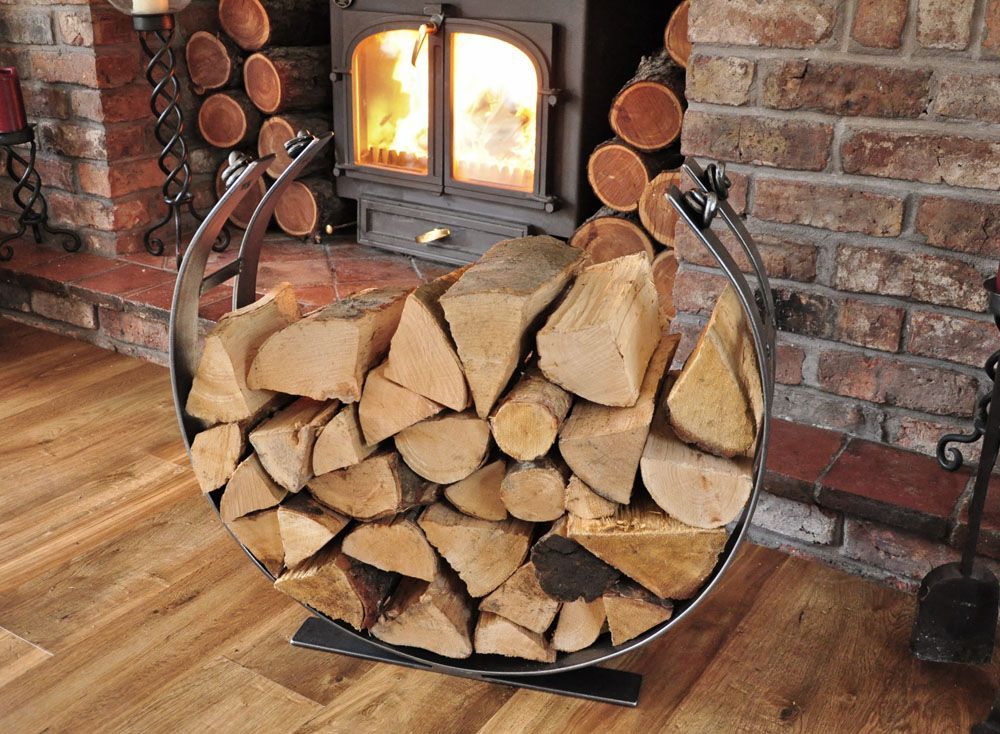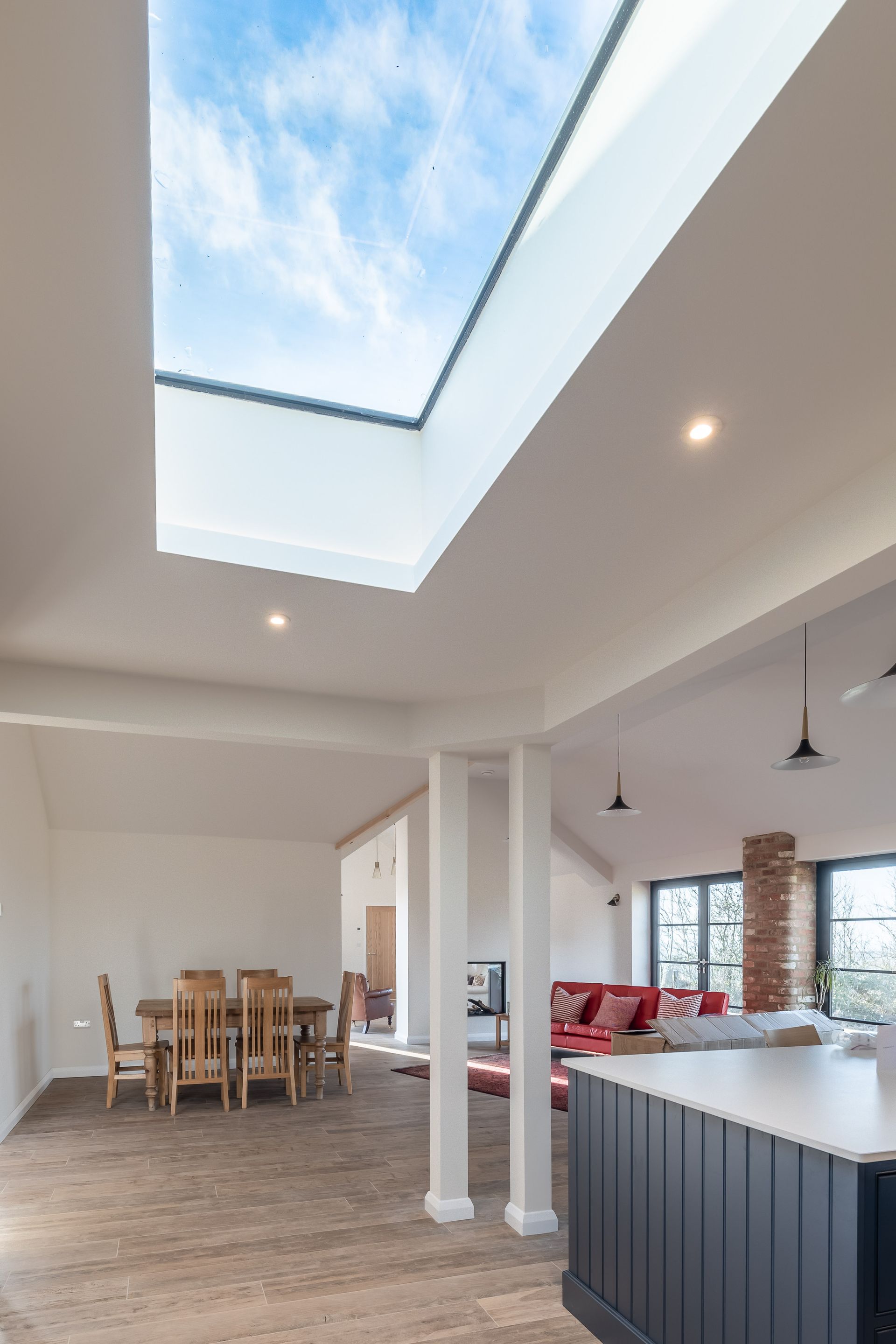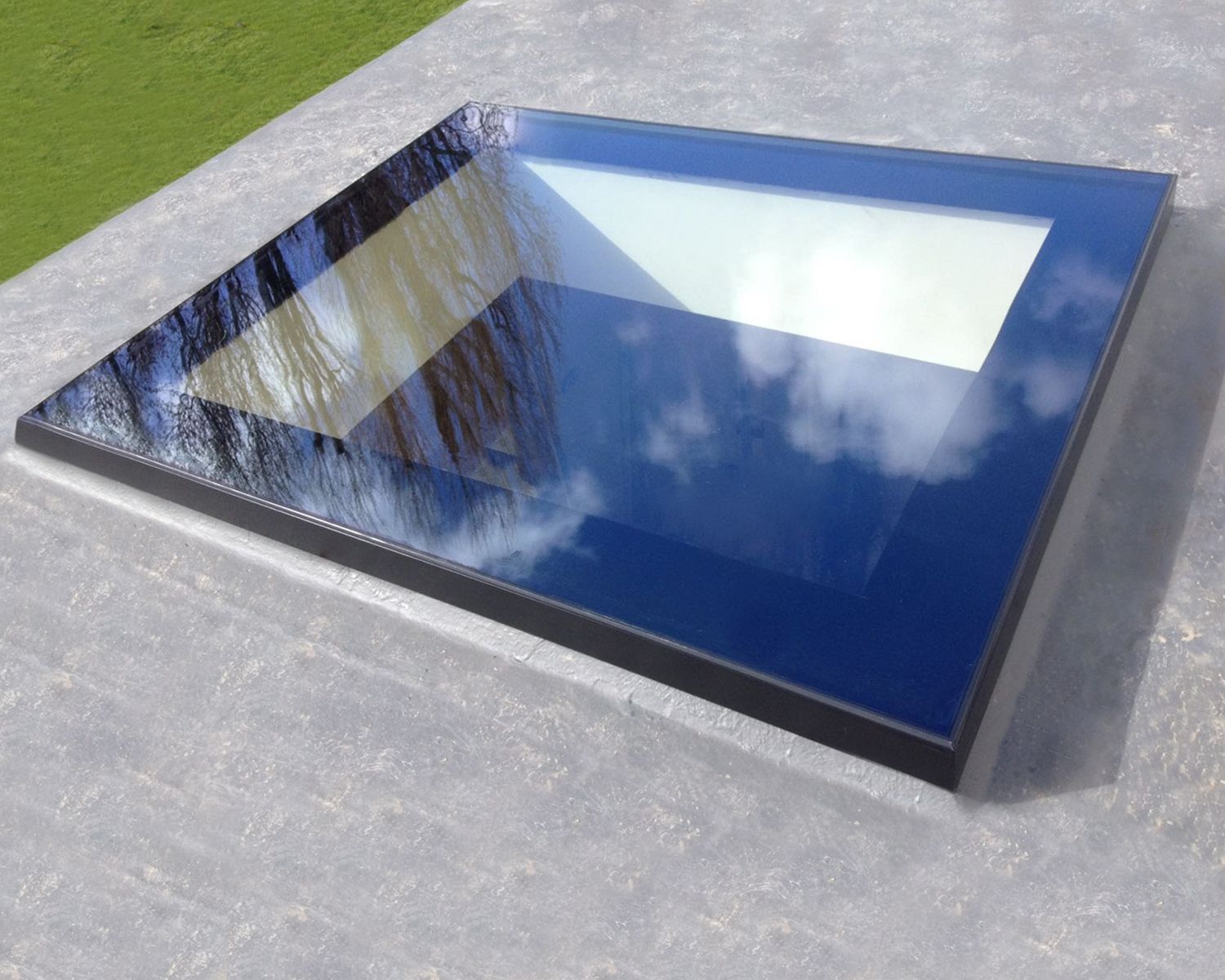Does a roof lantern let in more natural light than a flat rooflight
Roof lanterns and flat rooflights are architectural elements designed to introduce natural light into interior spaces. Each has its unique characteristics and impacts on the amount of light that penetrates a building. Exploring their design, construction, and placement can provide insights into whether a roof lantern or a flat rooflight will allow more or less light into a space.
Roof Lanterns:
Roof lanterns are elevated structures typically positioned on top of roofs, featuring a raised glazed structure with sloping sides. They are often used to create a focal point in a room while allowing ample natural light to enter. The design of a roof lantern incorporates vertical and sloped glass panels, along with a central glazed apex.
Light Penetration with Roof Lanterns:
1. Light Amplification: Roof lanterns have a unique ability to amplify and distribute natural light throughout a room. The elevated design allows light to enter from multiple angles, reflecting off the glass panels and diffusing evenly across the space. This diffusion of light can create a more spacious and brighter atmosphere compared to a flat rooflight.
2. Enhanced Daylighting: The sloping sides of roof lanterns enable them to capture daylight from different orientations, maximizing the amount of sunlight that enters the interior throughout the day. This feature can be particularly beneficial in areas with limited direct sunlight exposure.
3. Aesthetic Appeal: Beyond functionality, roof lanterns often add aesthetic value to a building's interior and exterior. Their architectural design can enhance the visual appeal of a space, providing a unique focal point while allowing natural light to sculpt the ambiance.
4. Potential for Heat Gain: Depending on the glazing used and the geographical location, roof lanterns may allow more heat to enter a space due to their design, potentially impacting the interior temperature and requiring considerations for thermal management.
Flat Rooflights:
Flat rooflights, as the name suggests, lie flush with the roof surface and have a flat or minimal incline. They are constructed using a single pane or multiple panes of glass fitted onto a frame, offering a simpler and more streamlined appearance compared to roof lanterns.
Light Penetration with Flat Rooflights:
1. Direct Light Infiltration: Flat rooflights allow direct and unobstructed penetration of light into the room below. Their design permits light to enter in a straight path, offering a more straightforward and unaltered source of natural light compared to the diffused and scattered light from a roof lantern.
2. Sleek and Minimalist Design: Flat rooflights are often chosen for their minimalist aesthetic, seamlessly blending into the roofline and providing an unobtrusive source of daylight. They offer a contemporary look that suits modern architectural styles.
3. Potential Size Limitations: While larger flat rooflights can be installed, there might be limitations on their size due to structural considerations, which could impact the amount of light they can introduce into a space compared to a larger roof lantern.
Comparative Analysis:
Determining whether a roof lantern or a flat rooflight lets in more light depends on various factors:
1. Design Preference: The choice between the two often comes down to design preference. Roof lanterns offer more diffused light, while flat rooflights provide direct and unaltered light, catering to different aesthetic and functional requirements.
2. Room Size and Purpose: The size and purpose of the room can influence the preferred choice. Larger spaces might benefit from the enhanced diffusion of light provided by a roof lantern, while smaller rooms could benefit from the unobstructed light of a flat rooflight.
3. Geographical Considerations: The geographical location of the building and its orientation toward the sun play a significant role. In regions with ample sunlight, roof lanterns may offer more balanced and evenly distributed light, while in areas with limited sunlight, flat rooflights might provide a more straightforward source of natural light.
4. Thermal Considerations: Roof lanterns, due to their design, might allow more heat to enter a space compared to flat rooflights. This aspect needs consideration, especially in climates where temperature control is crucial.
Conclusion:
The decision between a roof lantern and a flat rooflight involves a careful consideration of various factors, including design preference, functionality, room size, geographical location, and thermal considerations. Both architectural elements have their unique characteristics that influence the quality and distribution of natural light they bring into a space. Understanding these differences can assist in choosing the most suitable option to optimize the desired lighting effect within a building.






